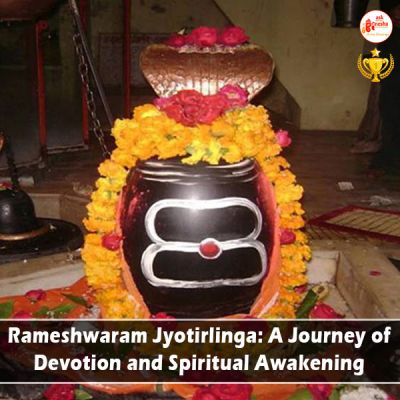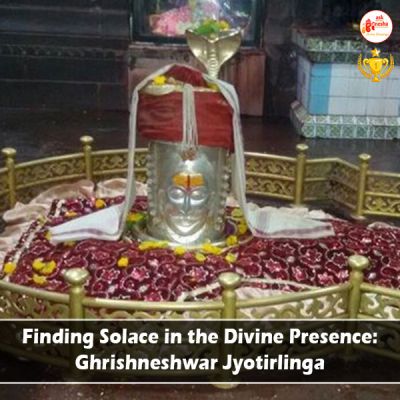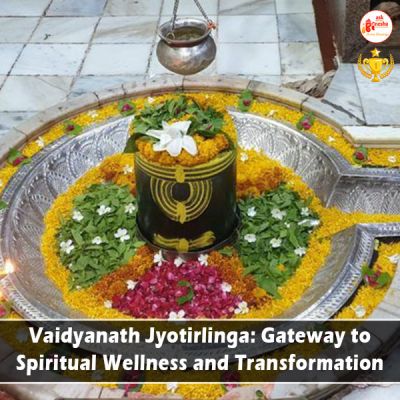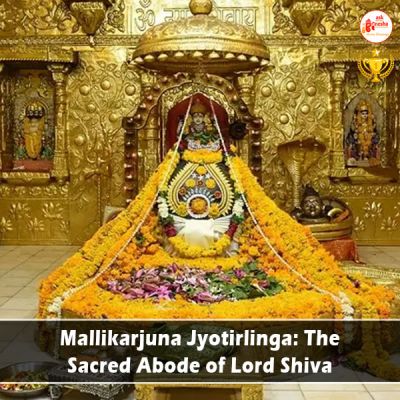Rameshwaram Jyotirlinga, located in the town of Rameshwaram in Tamil Nadu, India, holds great historical and religious significance. It is one of the twelve Jyotirlingas, believed to be the holiest abodes of Lord Shiva.
History of Rameshwaram Jyotirlinga
The history of Rameshwaram Jyotirlinga is deeply rooted in Hindu mythology. According to legends, Lord Rama, the seventh avatar of Lord Vishnu, is said to have worshiped Lord Shiva at this very site before his journey to Lanka to rescue his wife, Sita. Lord Rama is believed to have installed the lingam (symbolic representation) of Lord Shiva, thus establishing Rameshwaram as a sacred pilgrimage site.
Over the centuries, the temple complex of Rameshwaram Jyotirlinga has been expanded and renovated by various dynasties, including the Pandya, Chola, and Vijayanagara empires. The temple's architecture showcases a blend of Dravidian and Vijayanagara styles, with intricate carvings and sculptures adorning its walls.
Rameshwaram Jyotirlinga is also renowned for its association with the epic Hindu scripture, the Ramayana. It is believed to be the place where Lord Rama and his army built a bridge, known as the Ram Setu, to cross the sea and reach Lanka. Today, Rameshwaram Jyotirlinga attracts devotees from all over the world who come to seek the blessings of Lord Shiva and offer prayers for the well-being of their ancestors. The temple complex, along with the sacred waters of Agni Teertham and the Sethu Karai (Gulf of Mannar), offers a serene and spiritually uplifting experience for pilgrims, making it a significant destination in Hindu pilgrimage tradition.
Importance of Rameshwaram Jyotirlinga
Rameshwaram Jyotirlinga holds immense importance in Hinduism and is revered as one of the most sacred pilgrimage sites. Its significance lies in multiple aspects, making it a destination of great devotion and spiritual significance.
Firstly, Rameshwaram Jyotirlinga is associated with Lord Rama, the seventh avatar of Lord Vishnu. According to Hinduism, it is believed to be the place where Lord Rama worshiped Lord Shiva and sought his blessings before embarking on his journey to Lanka. The temple stands as a symbol of Lord Rama's devotion and serves as a reminder of his divine connection with Lord Shiva.
Secondly, the temple is renowned for its sacred waters, particularly the Agni Teertham and the Sethu Karai. It is believed that taking a dip in these waters can cleanse one's sins and bestow spiritual purification.
Furthermore, Rameshwaram Jyotirlinga is associated with the epic Ramayana. It is believed to be the site where Lord Rama and his army built the legendary Ram Setu (bridge) to reach Lanka. This connection adds historical and mythological significance to the temple. Devotees consider a pilgrimage to Rameshwaram Jyotirlinga as a means to seek spiritual upliftment, divine blessings, and atonement for past wrongdoings. The temple's vibrant rituals, chanting of sacred mantras and participation in religious ceremonies create an atmosphere of deep devotion and reverence.
In conclusion, the importance of Rameshwaram Jyotirlinga lies in its association with Lord Rama, its connection to the Ramayana, and its significance as a site for spiritual purification. It stands as a testament to the deep-rooted faith and devotion of millions of devotees who undertake the pilgrimage to seek the divine blessings of Lord Shiva and find solace in their spiritual journey.
Pilgrimage Journey
The pilgrimage journey to Rameshwaram Jyotirlinga is a sacred and spiritually enriching experience for devotees. The journey begins with a sense of reverence as pilgrims enter the historic town of Rameshwaram in Tamil Nadu, India. They visit the Ramanatha swamy Temple, where the Jyotirlinga is located, and offer prayers to Lord Shiva.
Pilgrims often engage in a ritual bath in the sacred waters of Agni Teertham, believed to cleanse sins and provide spiritual purification. They also visit other significant sites, such as the Ram Setu and the Gandhamadhana Parvatham, associated with the epic Ramayana.
During the pilgrimage, devotees observe fasting, engage in prayer, and participate in religious ceremonies. The atmosphere is filled with devotion, hymns, and the fragrance of incense. The journey to Rameshwaram Jyotirlinga provides a profound opportunity for devotees to connect with the divine, seek blessings, and experience a transformative spiritual journey.
Rituals and Festivals
The month of Sawan holds special significance at Rameshwaram Jyotirlinga, and devotees participate in various rituals and festivals during this time to seek the blessings of Lord Shiva. One of the significant rituals is the Rudrabhishekam, where the Shivalinga is bathed with holy substances like milk, honey, and water, while Vedic mantras are chanted. This ritual is believed to invoke the divine presence of Lord Shiva and purify the devotee's mind, body, and soul.
Devotees also observe fasts during the Sawan month, abstaining from certain foods and dedicating themselves to prayer and spiritual practices. They often visit the temple in large numbers, dressed in traditional attire, and offer special prayers and floral offerings to Lord Shiva. The festival of Maha Shivratri is celebrated with great fervour in Rameshwaram Jyotirlinga during Sawan. Devotees engage in night-long vigils, participate in religious ceremonies, and immerse themselves in devotional singing and chanting.
The temple complex is adorned with colourful decorations, and cultural programs showcasing traditional music and dance are organized. The rituals and festivals during the Sawan month at Rameshwaram Jyotirlinga provide devotees with an opportunity to deepen their connection with Lord Shiva, express their devotion, and experience the divine presence in a profound and transformative manner.
Spiritual Significance During Sawan Month
The spiritual significance of Rameshwaram Jyotirlinga during the Sawan month is profound and deeply cherished by devotees. Sawan is considered a highly auspicious time for Lord Shiva, and his divine presence is believed to be particularly potent during this period. Devotees undertake the pilgrimage to Rameshwaram Jyotirlinga in the Sawan month to seek spiritual upliftment, purification, and divine blessings. They engage in rigorous spiritual practices, such as fasting, meditation, and offering prayers, to deepen their connection with Lord Shiva.
The sacred waters of Agni Teertham and the Sethu Karai hold immense spiritual significance during this time. Devotees take holy dips in these waters, believing it purifies their souls and brings them closer to Lord Shiva. The chanting of Shiv mantras, recitation of hymns, and devotional singing during rituals creates a serene and spiritually charged atmosphere. Devotees immerse themselves in deep devotion, seeking divine guidance, inner peace, and spiritual enlightenment.
The spiritual Importance of Rameshwaram Jyotirlinga in the Sawan month lies in the opportunity it provides for devotees to intensify their spiritual practices, experience the divine energy of Lord Shiva, and embark on a transformative spiritual journey towards self-realization and union with the divine.
For Interesting Astrology Videos & Posts, follow us on Instagram
























 Translate
Translate